#apollo 17
Text

The Crescent Earth l Apollo 17 l 1972
#earth#crescent earth#solar system#apollo 17#astrophotography#astronomy#nasa#universe#space#stars#sky#galaxy#planets
1K notes
·
View notes
Text

Earth, the Blue Marble, photographed during the Apollo 17 mission on this day in 1972.
1K notes
·
View notes
Text
The original Moon landing sites
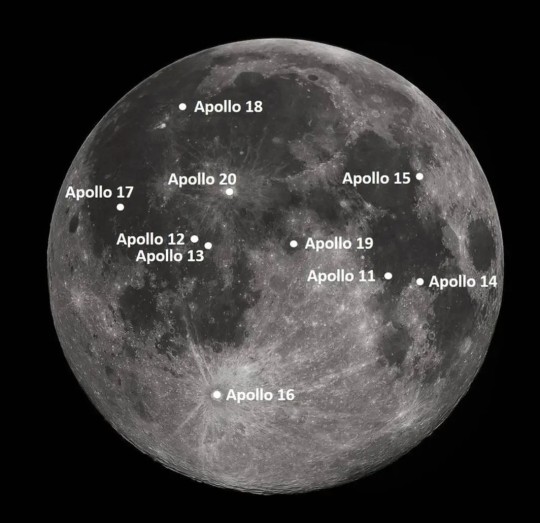
"NASA contracted to have 15 flight-worthy Saturn V rockets produced. Apollo 11 achieved the first landing with the sixth Saturn V, leaving nine for follow-on landings. The following landing sites were chosen for these missions, planned to occur at intervals of approximately four months through July 1972."
Note: I've updated this list with the original tentative planned launch dates.
G-type Mission
Apollo 11: (G) Mare Tranquillitatis, July 1969
H-type missions
Apollo 12: (H1) Ocean of Storms (Surveyor 3 site), November 1969
Apollo 13: (H2) Fra Mauro Highlands, March 1970
Apollo 14: (H3) Littrow Crater, July 1970
Apollo 15: (H4) Censorinus Crater, November 1970
J-type missions, the extended stay missions
Apollo 16: (J1) Descartes Highlands or Tycho Crater (Surveyor 7 site), April 1971
Apollo 17: (J2) Marius Hills or Marius Hills volcanic domes, September 1971
Apollo 18: (J3) Copernicus crater or Schröter's Valley or Gassendi crater, February 1972, later July 1973
Apollo 19: (J4) Hadley Rille, July 1972, later December 1973
Apollo 20: (J5) Tycho Crater or Copernicus Crater or Marius Hills, December 1972, later July 1974
As we all know, plans were changed and missions were cancelled. But it's nice to see what was initially planned.
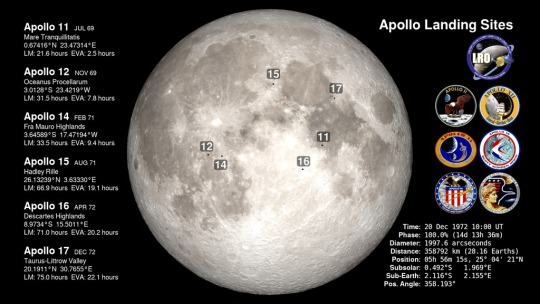
To compare with the actual landing sites and dates:
Apollo 12: (H1) Ocean of Storms (Surveyor 3 site), November 1969
Apollo 13: (H2) never landed, April 1970
Apollo 14: (H3) Fra Mauro, January-February 1971
Apollo 15: (J1) Hadley–Apennine, July-August 1971
Apollo 16: (J2) Descartes Highlands, April 1972
Apollo 17: (J3) Taurus–Littrow, December 1972
NASA ID: link, link
Information from Astronautix: link
Information from Wikipedia: link
#Apollo 11#Apollo 12#Apollo 13#Apollo 14#Apollo 15#Apollo 16#Apollo 17#Apollo 18#Apollo 19#Apollo 20#NASA#Apollo Program#Moon#Moon landing#Lunar Module#cancelled#G-type Mission#H-type mission#J-type mission#Cancelled Mission#my post
436 notes
·
View notes
Photo

Crescent Earth from Apollo 17
#Astronomy#NASA#Night#Sky#Stars#Space#Science#Universe#Cosmos#Cosmic#Crescent#Earth#Planet#Solar System#Apollo 17#Nebula#Galaxy#Constellations#Constellation#Rainbow#Bright
794 notes
·
View notes
Text

Going for a walk. Apollo 17 astronaut Ronald Evans leaves to the spacecraft to retrieve film cassettes from the Service Module, Dec 1972. Mr. Evans was Command Module Pilot & orbited the moon a record 75 times during the mission. He holds the record for most time spent in lunar orbit at just shy of 148 hours. He is the last human to orbit the moon solo. A historic figure in space pioneering.
#spacewalk#apollo 17#spacecraft#1972#outer space#apollo program#1970s#astronaut#space travel#nasa#astronauts#space#space exploration#vintage space#moon landing#space race#space age#astronaut suit#nasa astronauts#nasa picture of the day#nasa photos#spacesuit#project apollo
165 notes
·
View notes
Text
youtube
Humans are great, actually
[Video Description: extremely grainy video of two people in space suits bouncing along the lunar surface]
[Transcript:
(Singing) I was strolling on the moon one day
(second astronaut joins in) In the merry merry month of
Astronaut 1: December
Astronaut 2: May
Astronaut 2: No, May
Astronaut 1: May. When then much to my surprise
a pair of bonny eyes
de doo de doo de doo de doo de doo
(speaking) Boy, this is a neat way to travel!
Astronaut 2: (speaking) Isn't it great?
Astronaut 1: (different tune) dum de dum dum dum. Dum de dum dum dum]
https://en.wikipedia.org/wiki/The_Fountain_in_the_Park
200 notes
·
View notes
Text
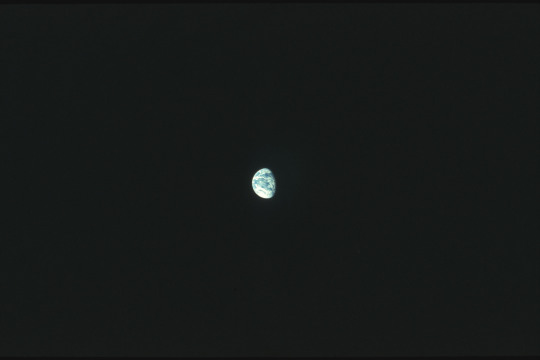
Apollo 17, Earth sphere (December 1972)
#krakenmare#apollo 17#earth#earth from space#astronomy#solar system#astrophotography#outer space#nasa#space#thank you nasa
58 notes
·
View notes
Photo

Part of sheet 2 of the Apollo Mission 17 Lunar Photography Index map. This map provides a spatial index of the strips of large format black and white images that were taken by the 610 mm focal length ITEK panoramic camera used on the mission. The high-resolution panoramic photographs were recorded in stereoscopic and monoscopic modes. The orbital altitude for the panoramic images was 111 kilometers above the moon's surface.
One of the lasting legacies of the Apollo missions is the huge archive of high quality photographic images - over 30,000 in total. Apollo missions 15,16 and 17 deployed a high quality Panoramic camera, that could obtain pictures of narrow strips of the Moons surface as the service module orbited the Moon. At the scale of the Moon's surface, these images were 20 kilometers wide and nearly 320 kilometers long, with high resolution that could be used to identify features down to about 2 meters in size. During Apollo 17, the panoramic camera was used on nine orbits and obtained nearly 1600 usable images.
The Panoramic camera automatically recorded images, but the Apollo 17 crewmen could intervene to control the camera power and operational modes. The film cartridges were retrieved from the external location.
The image shown here is part of an index map, on which the locations of the image strips were plotted. This index map shows the Moon's surface close to the crater Copernicus (which can be seen on a clear night from the Earth using binoculars). The crater is located slightly left of and above 20° W, 10° N, which is at the centre of the side of the Moon that faces the Earth. Further south is the Mare Cognitum (literally the Sea that has become known). Several spacecraft have landed on, or near to, Mare Cognitum, including; Luna 5, Ranger 7, Surveyor 3, and Apollo 12. The landing site of Apollo 14, the Fra Mauro formation, is also close to Mare Cognitum.
Many of the features on the surface of the moon are named after pioneering astronomers or optical scientists. These names are not well known outside of astronomy, but when the names of these pioneers are collected together they form surprisingly lyrical stanzas;
Kepler, Flamsteed, Wolf.Marius, Milichius.Lalander, Loewy. Gassendi, Euclides.Gambart, Lippershey, Kies.
In the the early 1990's the American landscape photographer Michael Light obtained permission from NASA to work with the archive of original photographic negatives from all of their Moon missions. The result of this collaboration included the publication of a book by Light called Full Moon in 1999. This was his imagined photographic narrative of a single Moon mission created by composite. Light also created very large digital prints from the images and made a travelling exhibition of them. A selection of these prints are on permanent exhibit at the America Museum of Natural History in New York.
via datedeluge
157 notes
·
View notes
Text
youtube
[A video of the Apollo 17 astronauts singing a variant of "I was walking in the park one day" while on the moon.]
20 notes
·
View notes
Text

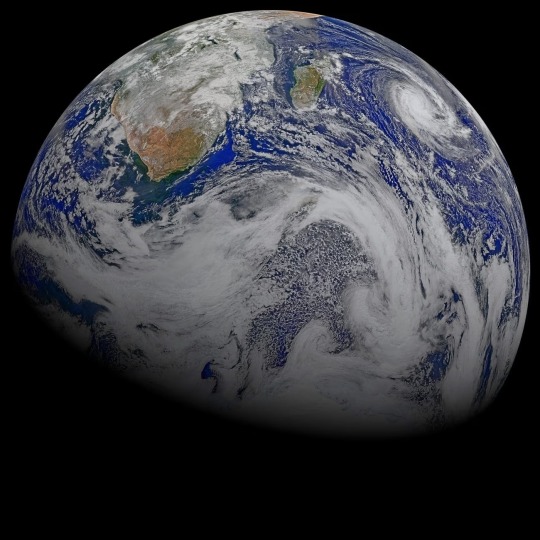



photos of the the earth from outer space.
the crew of the last crewed lunar mission, apollo 17, took this "blue marble" photo of earth from space on their way to the moon. (via nasa)
a composite image of earth by the suomi national polar-orbiting partnership spacecraft on apr. 9, 2015. (via nasa gsfc/noaa)
a view of earth from the rosetta spacecraft. part of antarctica is visible in the sunlit limb of the planet. (via nasa)
the famous "earthrise" taken by apollo 8 astronauts during their trip around the moon dec. 24, 1968. (via nasa)
apollo 11 astronauts took this photo of earth on july 20, 1969.
#black aesthetic#earth#apollo program#apollo 8#apollo 11#apollo 17#blue marble#blue earth#outer space#aliens#galaxy#atronomy#stars#earth pics#nature#beautiful#black#antarctica#continents#moon#extra terrestrial#comets#shooting star#falling stars
19 notes
·
View notes
Text
Shaun the Sheep
"Although it might be a small step for a human, it's a giant leap for lambkind," said European Space Agency's David Parker of Shaun the sheep's space trip. Shaun is flying in the Artemis 1 Official Flight Kit (OFK) 🛰️🚀
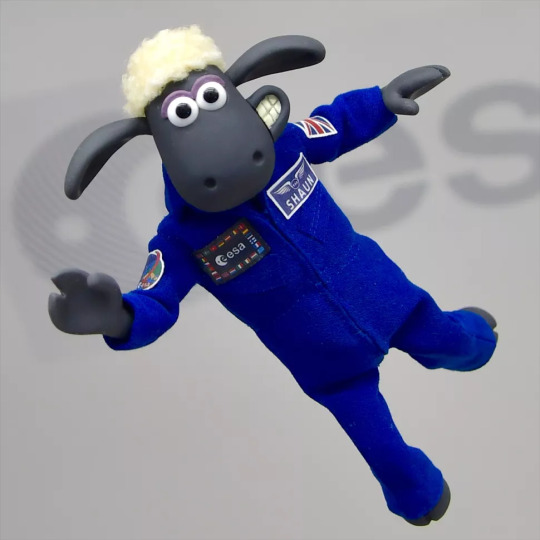

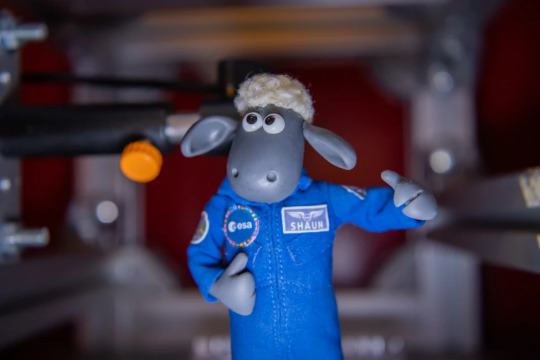
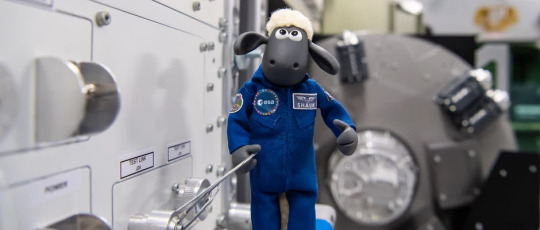
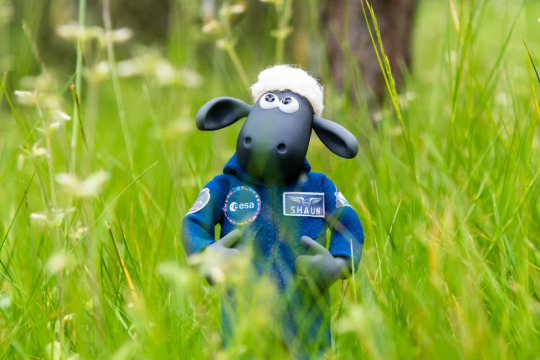
Photo credit: European Space Agency via Space.com /BBC Radio 4 Today/Aardman via Science Focus 🛰️🚀
#shaun the sheep#artemis 1#artemis moon rocket#official flight kit#space travel#european space agency#artemis rocket#lambkind#shaun the sheep doll#nasa#nasa moon mission#friday fun#aardman#animation#december#apollo 17#50th anniversary#space
40 notes
·
View notes
Text
Since the first Moon Landing in 1969, we’ve sent a total of a dozen men to the Moon. They are
Neil Armstrong (Apollo 11)
Buzz Aldrin (Apollo 11)
Pete Conrad (Apollo 12)
Alan Bean (Apollo 12)
Alan Shepard (Apollo 14)
Edgar Mitchell (Apollo 14)
David Scott (Apollo 15)
John Young (Apollo 16)
Charles Duke (Apollo 16)
Eugene Cernan (Apollo 17)
Harrison Schmitt (Apollo 17)
8 notes
·
View notes
Photo

Harrison Schmitt and the rover at Shorty Crater
Panorama created by Andy Saunders
#apollo 17#nasa#moon#space#the moon#apollo#moon landings#lunar rover#harrison schmitt#panorama#crater#landscape#moonscape
26 notes
·
View notes
Text
Night Launch of Apollo 17
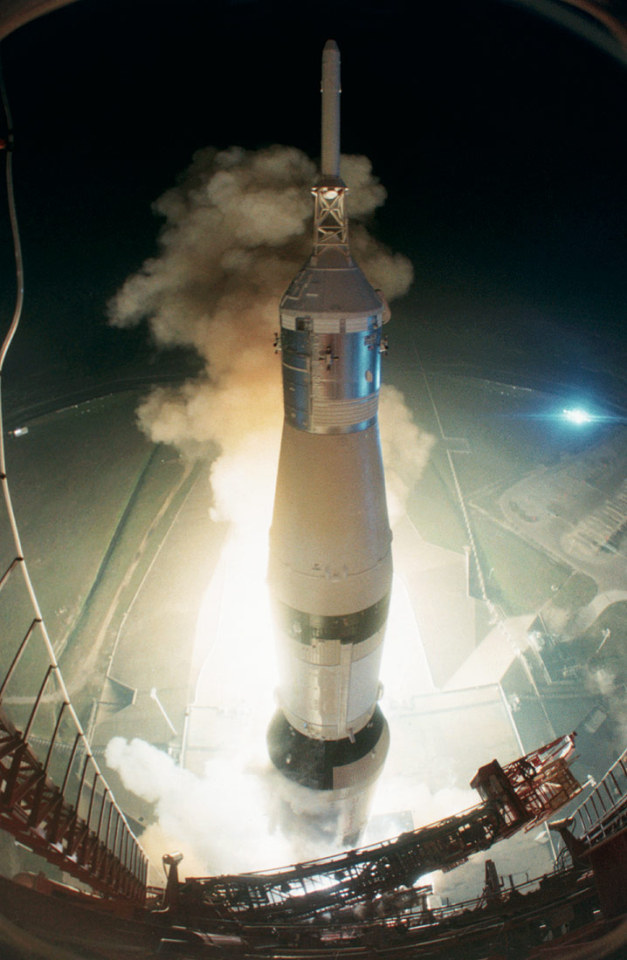


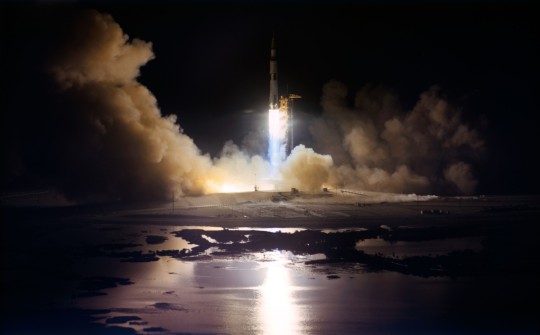
"The huge, 363-feet tall Apollo 17 (Spacecraft 114/Lunar Module 12/Saturn 512) space vehicle is launched from Pad A., Launch Complex 39, Kennedy Space Center (KSC), Florida, at 12:33 a.m. (EST), Dec. 7, 1972. Apollo 17, the final lunar landing mission in NASA's Apollo program, was the first nighttime liftoff of the Saturn V launch vehicle. Aboard the Apollo 17 spacecraft were astronaut Eugene A. Cernan, commander; astronaut Ronald E. Evans, command module pilot; and scientist-astronaut Harrison H. Schmitt, lunar module pilot. Flame from the five F-1 engines of the Apollo/Saturn first (S-1C) stage illuminates the nighttime scene. A two-hour and 40-minute hold delayed the Apollo 17 launching."
Date: December 7, 1972
NASA ID: link, 72-HC-886, S72-55482, S72-55070
#Apollo 17#CSM-114#America#LM-12#Challenger#SA-512#Saturn V#Rocket#NASA#Apollo Program#J-type mission#LC-39A#Kennedy Space Center#Florida#December#1972#my post#launch
150 notes
·
View notes
Photo

Apollo 17, “Blue Marble”
31 notes
·
View notes
Text

Coming home. Gene Cernan waves to the crowd as fellow Apollo 17 astronauts Harrison Schmitt & Ronald Evans descend the steps. The trio concluded the final mission of the Apollo Program. A17 lasted 12 days, 13 hours & 52 minutes. 22 hours & 4 minutes of that was spent on lunar EVA activity. This includes the 22.2 miles (35.7km) of lunar terrain covered via the lunar rover! An incredible mission.
#astronaut#apollo 17#1972#space travel#nasa#space exploration#vintage space#moon landing#space#1970s#astronauts#space race#space flight#space age#apollo program#space program#space history#project apollo
29 notes
·
View notes